

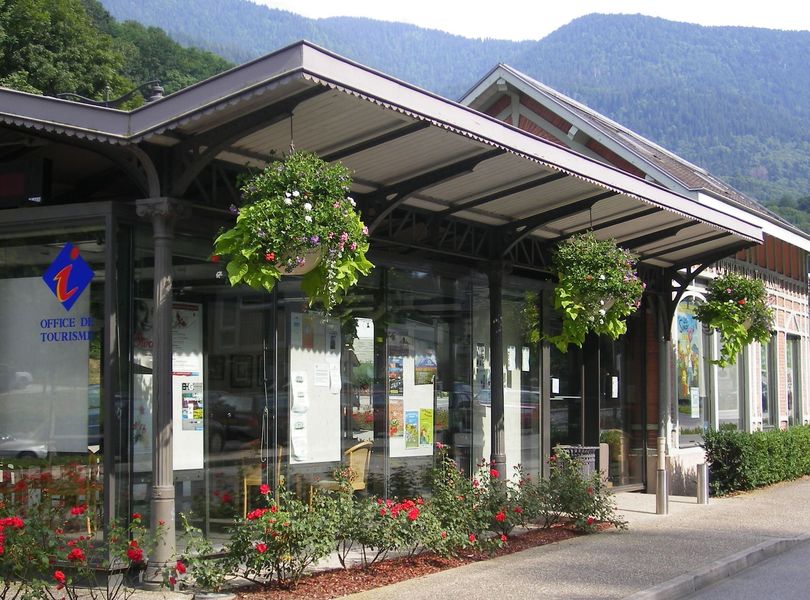
With its head in the mountains, and yet very close to Grenoble, Uriage is a spa resort in the Belledonne Range, whose splendid park has managed to keep the "belle époque" atmosphere.Period of opening : Every day throughout the year.
Closed Saturday and Sunday.

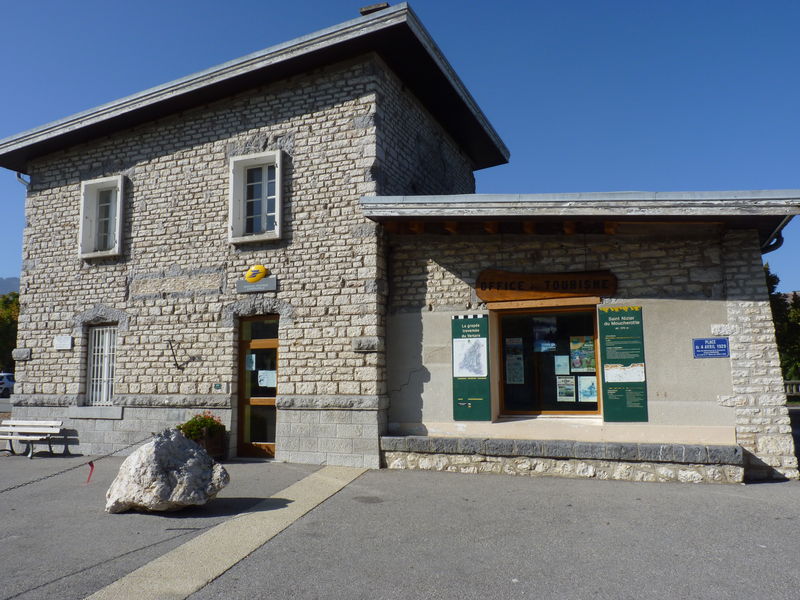
Reception and tourist information point.
Relay station.
Showroom dedicated to the Resistance in Vercors.Period of opening : Every day throughout the year.
Closed on Sunday.

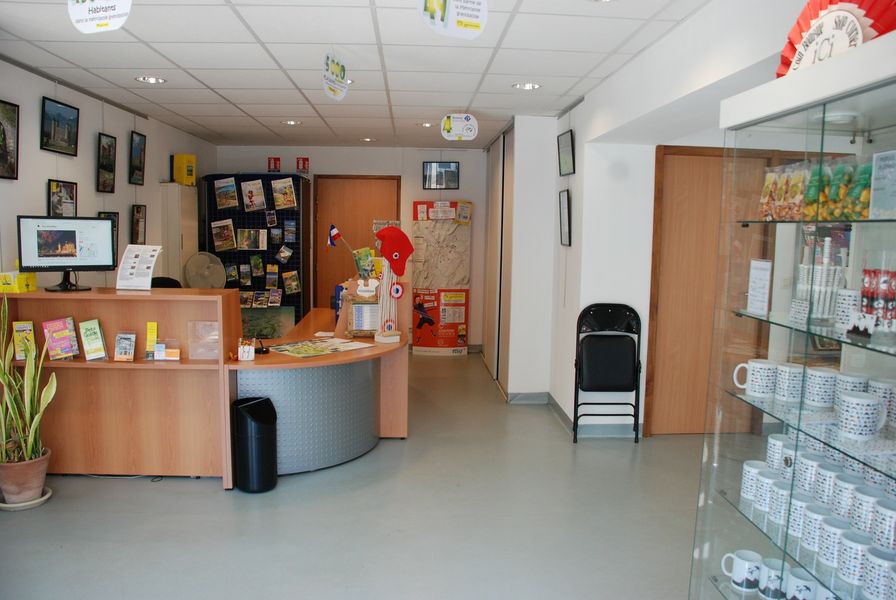
Grenoble-Alpes Métropole, it's 49 cities and villages to be explored!
Discover the territory in all its variety...Period of opening : From 09/04 to 07/05/2022
Opening hours on Tuesday, Wednesday, Thursday, Friday and Saturday between 10 am and 1 pm and between 2 pm and 4 pm.
Closed exceptionally on May 1st.
From 15/06 to 15/09/2022
Opening hours on Tuesday, Wednesday, Thursday, Friday and Saturday between 10 am and 1 pm and between 3.30 pm and 5.30 pm.
From 22/10 to 05/11/2022
Opening hours on Tuesday, Wednesday, Thursday, Friday and Saturday between 10 am and 1 pm and between 2 pm and 4 pm.
From 17/12 to 31/12/2022
Opening hours on Tuesday, Wednesday, Thursday, Friday and Saturday between 10 am and 1 pm and between 2 pm and 4 pm.
Closed exceptionally on bank holidays.

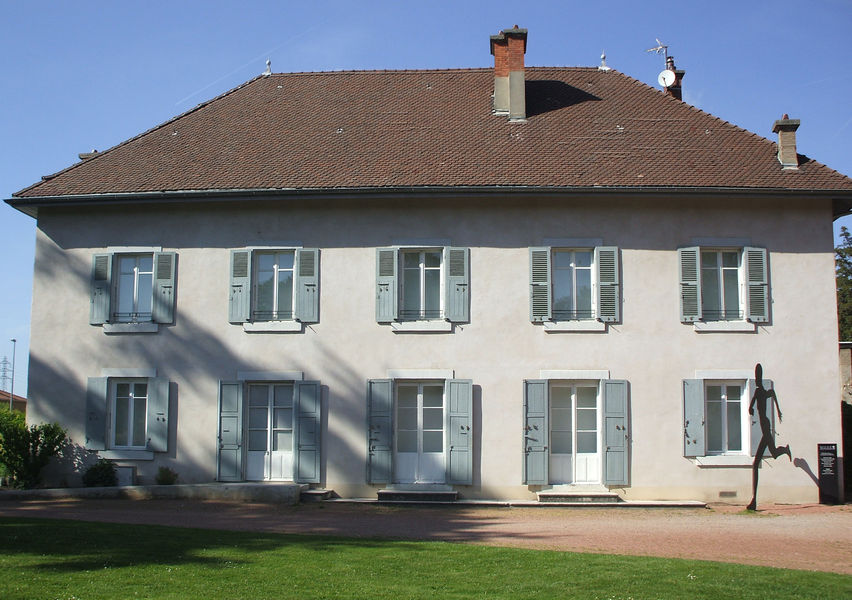
Este museo nació del encuentro entre el deporte, el arte y la literatura. Valorando la donación Géo-Charles, el museo se mantiene fiel a su espíritu, cerca del arte contemporáneo y de su audacia.The Géo-Charles Museum aims at enhancing the links between sport and art, through the heritage provided by the donation, as well as through the acquiered pieces of works and temporary exhibits on the subjects of sports or contemporary art.
The city of Echirolles acquired this house in 1982, which once belonged to the viscose company, and transformed it into a sports culture and contemporary art museum.
As a Museum of France, it houses the archives and collections donated by Madame Lucienne Géo-Charles. This heritage makes up a unique 20th century collection of artistic, athletic, and literary treasures, as well as contemporary art works, creating a singular museum at the crossroads of several disciplines.
The museum's collections bring together the acquisitions of a selective collector from the first half of the 20th century, with an inclination for the avant-garde style of the Paris school.
Made up of an ensemble of paintings, sculptures, drawings, and engravings from artists like Derain, Delauney, Léger, Lhote, Masereel, Metzinger, Monteiro, Reth, and Survage, the collection illustrates the sports themed modern art of the period.
The renovation of the museum in 2000 allowed for the assembly of the permanent collection made up of donations by Géo-Charles, a pioneer in athletic art.
The Géo-Charles museum is also a center for contemporary art and hosts temporary exhibits.Period of opening : From 01/01 to 31/01, daily.Prices : Free of charge.

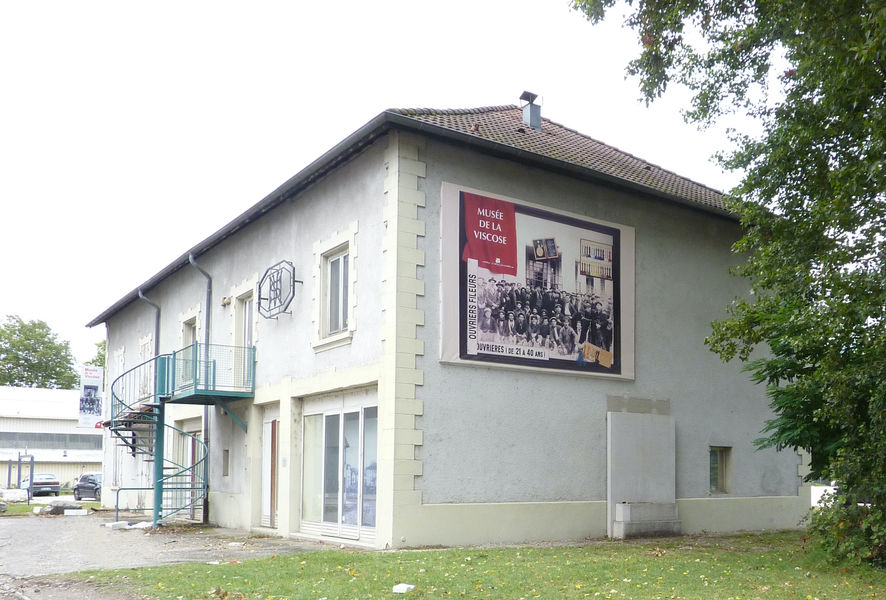
On an old industrial site, 60 years of viscose history is told: the invention of artificial silk, the manufacturing process, the work in the factory, the life of the factory workers in the industrial housing complexes."The viscose was above all, a huge factory, with its tall chimney, like a lighthouse. But it was also the country just outside the city, a veritable village with the factory workers' gardens, its little dances, and its Sunday dresses." The history of the Grenoble factory, in operation from 1927 to 1989.
The invention:
How could thread so fine, so soft, so brilliant, and so solid as silk be artificially produced? In 1884, in north Isere, in Vernay de charrette, the count Hilaire de Chardonnet created the first artificial textile in the world, imitating silk thread. Manufactured using wood pulp, viscose would become an important industrial product. Until the 1950s, viscose was everywhere: in ready to wear clothes, in lingerie, in furniture, even in tires. Starting in 1950, synthetic textiles began appearing, leading to the decline of artificial silk.
The industrial adventure:
From wood pulp to the finished thread, the ground floor of the museum brings to life the movements and the tasks of the viscose worker. The manufacturing line is recreated. The soaking of the wood pulp in soda, its grinding and mixing with carbon sulfur and finally its dissolving in soda water, which gives the material its amber color and honey-like consistence. The museum shows how the viscose was threaded, how it was wound, and how the meticulous inventory of threads was carried out, and how it was stored.
The human adventure:
The second floor of the museum retraces the history of the factory workers, their work, their living quarters, their strikes, leisure activities, team sports, their Resistance and Liberation. When the factory opened in 1927, Echirolles was a country village of 800 souls. The management looked to foreign countries to make up nearly its entire workforce. Close to 40 nationalities (Hungarians, Pollacks, Italians, Armenians, Russians, Yugoslavians, Portuguese, Algerians, Turks, etc.) lived together in the viscose industrial city. Co-workers and partners in everyday life, they shared the hard conditions of factory life and the relaxed ambiance of Sunday sports.Period of opening : All year round, daily.Prices : Free of charge.
Access : Bus line 1 stop Viscose

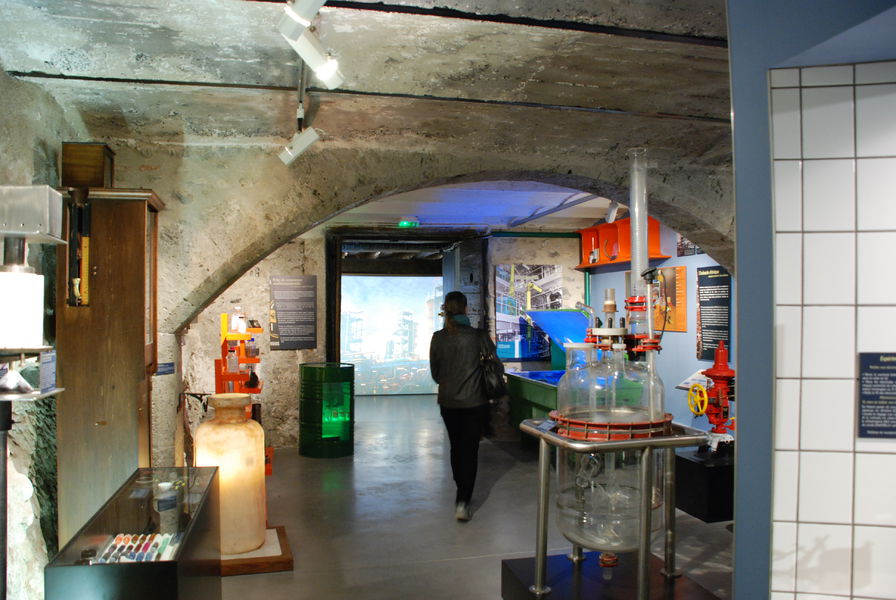
Situated in Jarrie, in the basement of the Jouvin house since 1987. It recounts the story, the techniques and the applications of the chemical industry in the agglomeration of Grenoble.It gathers industrial machineries, laboratory appliances, documentary pictures and pictures.
The museum recounts Marcel Deprez experience who succeeded in carrying an electric current which was generated by a hydraulic turbine from the Jarrie railway station to the grains covered market in Grenoble.
An incredible “special fabrications” room unveils the manufacturing process of synthetic gems thanks to the Verneuil's process.
The museum has been entirely renovated in 2000.Period of opening : From 02/01 to 31/12
Opening hours on Monday, Tuesday, Wednesday and Friday between 2 pm and 5.30 pm.
Closed exceptionally on Easter Monday, Feast of the Ascension, Whit Monday, May 1st, May 8th, July 14th, August 15th, November 1st, November 11th and December 25th.Prices : Reduced price: 1 to 2 €
Adult: 3 €
Child: 0 €.

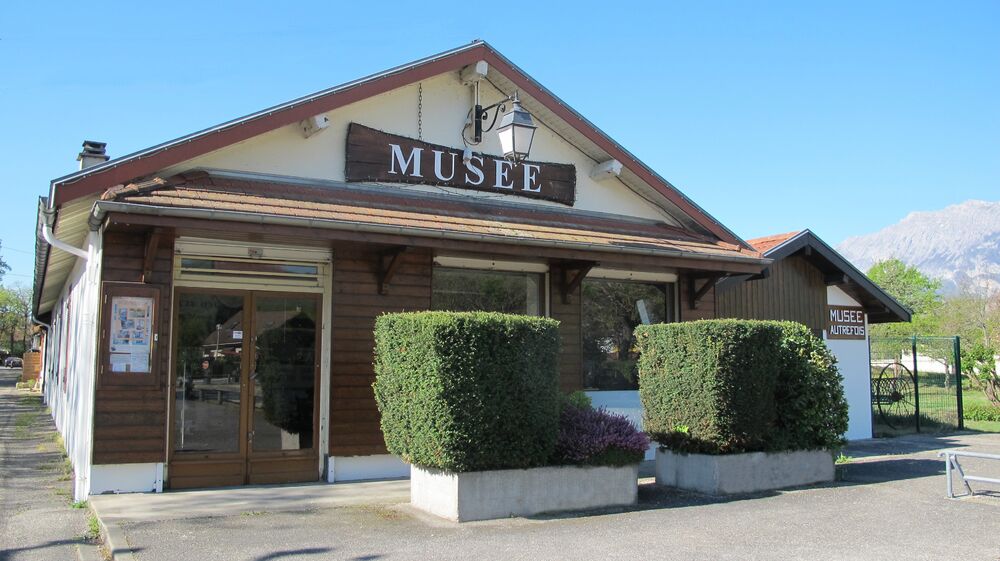
This fascinating museum, abundantly supplied by the inhabitants' gifts, is a rich testimony of the story of Champ sur Drac and the Navarre paper mill. A real industrial saga which cannot be dissociated from the village's story.The museum is situated in the heart of the Navarre working city, in the former retailer which had been built so as to answer to the workers' needs.
Among the many richness of the museum, one can see a cinema projector which dates back to 1914, tools which used to belong to several different building trades such as the leather trade, cobbling, gloves making, including the “main de fer” invented by Xavier Jouvin, as well as everyday life objects, craftsmanship, schools and the former associative life.
This fascinating museum, abundantly supplied by the inhabitants' gifts, is a rich testimony of the story of Champ sur Drac and the Navarre paper mill. A real industrial saga which cannot be dissociated from the village's story.
The museum is situated in the heart of the Navarre working city, in the former retailer which had been built so as to answer to the workers' needs.
Among the many richness of the museum, one can see a cinema projector which dates back to 1914, tools which used to belong to several different building trades such as the leather trade, cobbling, gloves making, including the “main de fer” invented by Xavier Jouvin, as well as everyday life objects, craftsmanship, schools and the former associative life .Prices : Group adults: 2.50 €
Adult: 3 €
Child: 0 €
Student: free of charge
Disabled: free of charge.

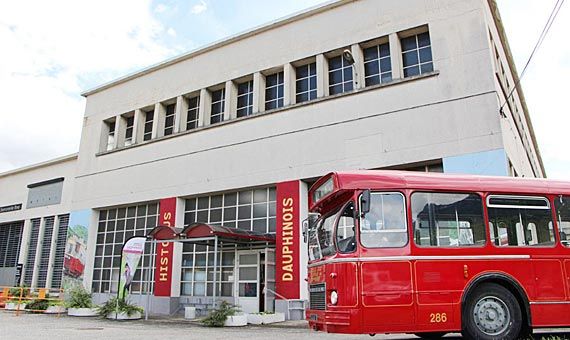
About thirty public buses, streetcars and private buses, which had all travelled across the roads of the department of Isère between 1932 et 1996, are exhibited at the Espace Histo Bus Grenoblois. We also can see there buses' Diesel engines and gearboxes of the same period.Let's plunge into the history of the Dauphiné's public transports!
This place is one of the very first French museums dedicated to streetcars, buses, trolleybuses and private buses.
The Espace Histo Bus is made of:
> 35 vehicles: buses, streetcars and private buses that had been driven from 1939 to 1996
> Some former and modern engines and gearboxes, with models
> A room dedicated to the Train de la Mure: a great model representing the key places by which the line had to pass, and the giant diorama of a train engine
> Information about local builders and designers (Belle-Clot, Berliet, Saviem)Period of opening : From 01/01 to 31/12, daily.Prices : Free of charge.

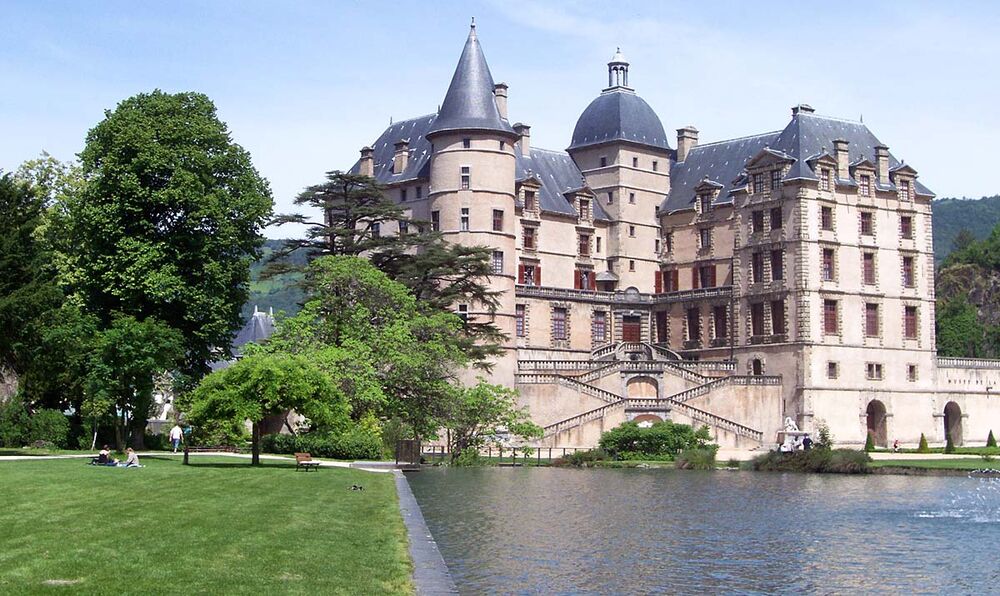
The castle shelters the museum of the French Revolution since 1984. The collections gather pieces of art such as paintings, drawings, sculptures and engravings.On July 21st 1788, the castle of Vizille entered History. The Etats Généraux of the Dauphiné meeting which had been forbade by Grenoble authorities had been thus sheltered by Claude Perrier. Seduced by the liberal ideas, his castle sheltered this meeting. 187 members of the Tiers Etats, 49 clergymen and 159 noblemen deliberated during 16 hours. In demanding the meeting of the Etats généraux this event is considered to have triggered the Revolution. The Salle du jeu de paume which was the witness of this event have burnt during the fire of 1865. Its implantation is now symbolised by a terrace planted with trees at the entrance of the museum.
The castle shelters the museum of the French Revolution since 1984. The collections gather pieces of art such as paintings, drawings, sculptures and engravings. One can see figurative piece of art too such as English and French ceramics, tapestries, materials and furniture. But one can also find French and foreign historical pieces such as (stones of the Bastille, swords of the National Guard) dating from the Ancien Régime to the 3rd Republic.
The museum recalls the French Revolution as well as the artistic creation and cultural transformations all around Europe, from the times of the Lumières to Romanticism.
The museum offers to the public an original approach of this period and its myth through evocative pieces which are replaced in their context.
The museum is opened every day except on Tuesdays, from 10 a.m. to 12.30 p.m. And from 1.30 p.m. to 6p.m. from April till October and from 10 a.m to 12.30 p.m and from 1.30 p.m. To 5 p.m from November till March. Closed on public holidays from November till March and on the May 1st . Free entrance and possibility of audio guide .Period of opening : From 02/01 to 31/03
Opening hours on Monday, Wednesday, Thursday, Friday, Saturday and Sunday between 10 am and 12.30 pm and between 1.30 pm and 5 pm.
Closed on Tuesday.
From 01/04 to 31/10
Opening hours on Monday, Wednesday, Thursday, Friday, Saturday and Sunday between 10 am and 12.30 pm and between 1.30 pm and 6 pm.
Closed on Tuesday.
Closed exceptionally on May 1st.
From 01/11 to 25/12
Opening hours daily between 10 am and 12.30 pm and between 1.30 pm and 5 pm.
Closed on Tuesday.Prices : Free of charge.





